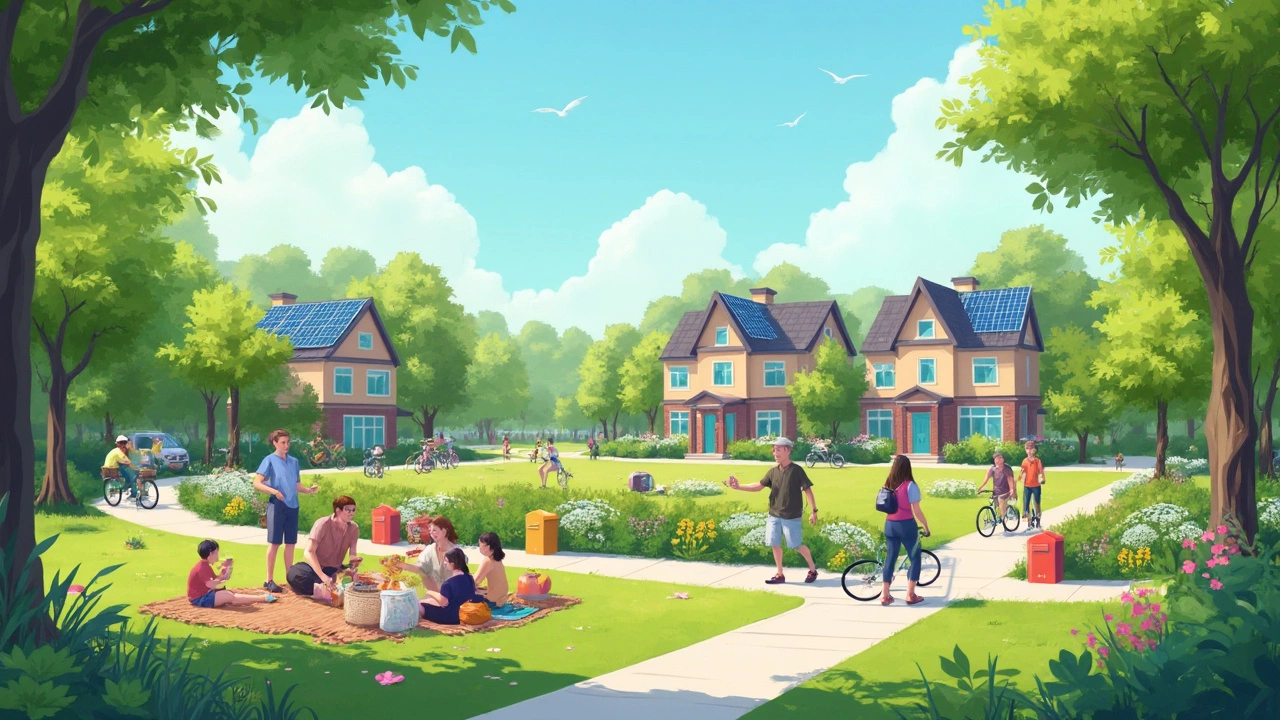
Green Cities: Simple Ways to Live More Sustainably
Living in a city doesn’t have to mean compromising the planet. Small changes in how you move, eat, and power your home can add up to a big impact. Below are easy steps you can start today, whether you’re renting a flat or own a townhouse.
Move Smart: Cut Emissions on the Commute
First thing to look at is how you get around. A bike or an e‑scooter can replace short car trips, saving fuel and parking fees. If you need to travel farther, check the city’s public‑transport apps – many now show real‑time crowding info, so you can avoid packed buses. Car‑sharing services let you use a vehicle only when needed, which is cheaper than owning a car in a high‑cost city.
When you do drive, keep your tire pressure right and avoid rapid acceleration. Those habits improve fuel efficiency by up to 10 % and reduce wear on the engine.
Home Hacks: Save Energy Without Renovating
Most city dwellers live in apartments where major upgrades are tough. Still, you can lower bills with a few tweaks. Use LED bulbs – they use a fraction of the energy of old fluorescents and last longer. Plug‑in power strips let you turn off standby power for TVs, chargers, and laptops in one click.
Thermostat control makes a big difference. In winter, set the heating to 68 °F (20 °C) while you’re home and lower it a few degrees when you’re out. In summer, use a fan instead of cranking the air‑conditioner to 78 °F (26 °C). Those small temperature adjustments can shave 5‑15 % off your monthly energy bill.
If your building has communal laundry, run full loads and use the cold‑water cycle. It cuts electricity use dramatically and still gets clothes clean.
Finally, think about water. Installing low‑flow showerheads or faucet aerators reduces usage without sacrificing pressure. Collect rainwater in a bucket for indoor plants – it’s free and cuts down on tap water waste.
All these steps work together. Each habit might seem tiny, but combined they make your city home greener and cheaper.
Green cities are also about the food you eat. Shopping at local farmers’ markets supports nearby growers and cuts the carbon footprint of long‑haul transport. Pick seasonal produce – it’s fresher, often cheaper, and uses less energy to grow.
If you can, grow a few herbs on a windowsill. Basil, mint, and rosemary need only a sunny spot and a small pot. Fresh herbs mean less reliance on packaged spices that travel across the globe.
Community actions amplify individual effort. Join a neighborhood clean‑up day or a tree‑planting event. Those activities improve air quality and create green spaces where people can gather.
When you rent, talk to your landlord about installing recycling bins or a compost system. Many cities now offer curbside compost pickup, so you can divert food waste from landfills without extra hassle.
In short, making a city greener starts with everyday choices: smarter travel, energy‑saving home habits, mindful food buying, and community involvement. Try a couple of these tips this week and watch your impact grow.
